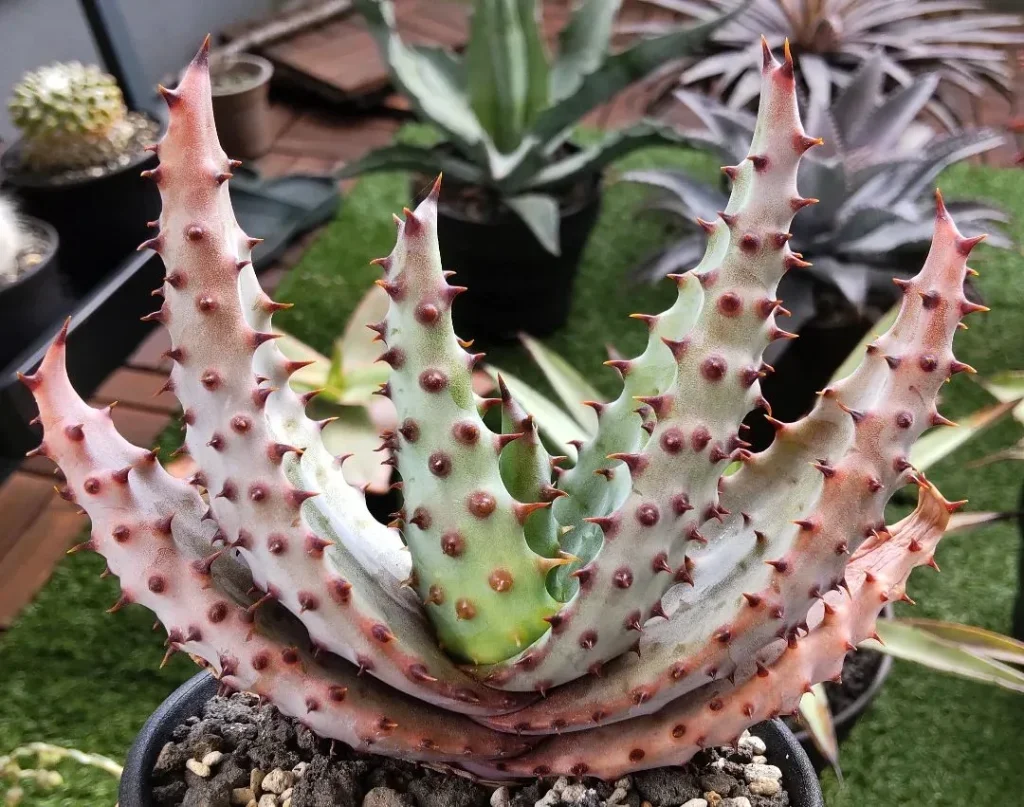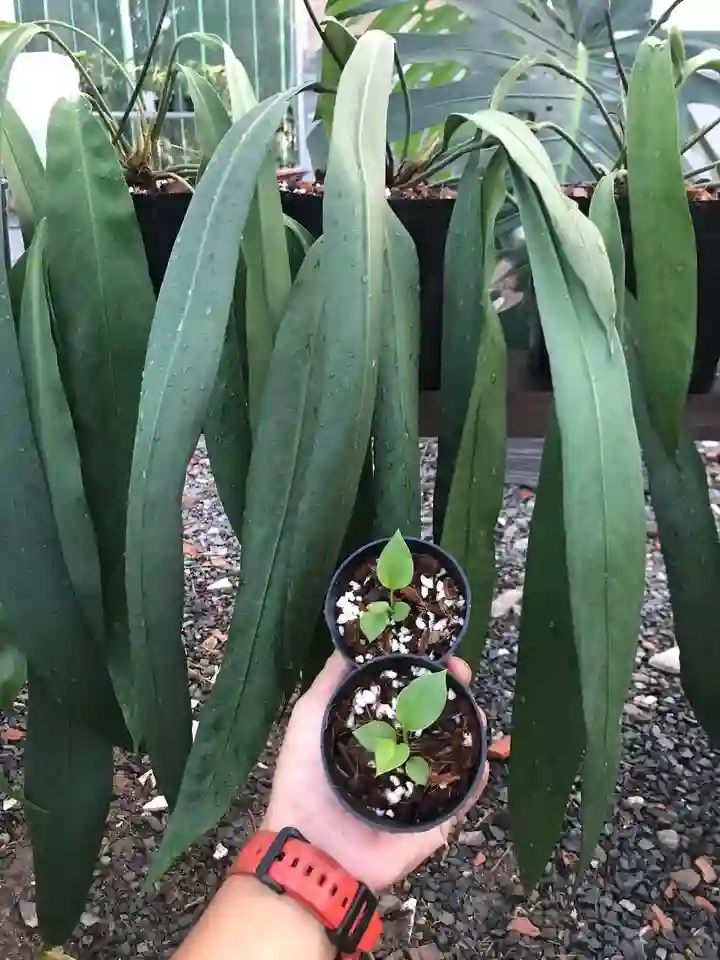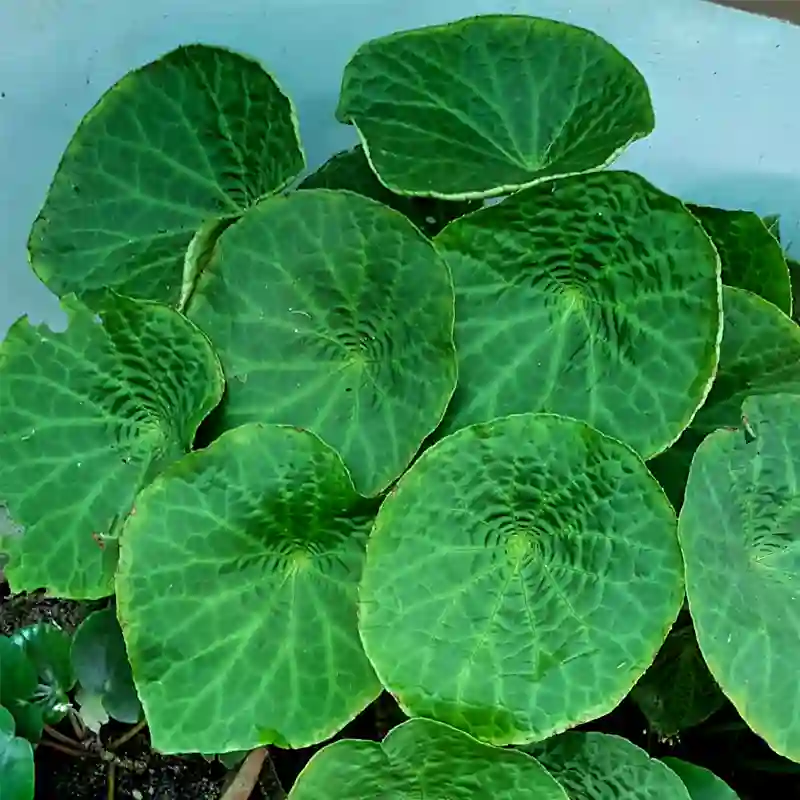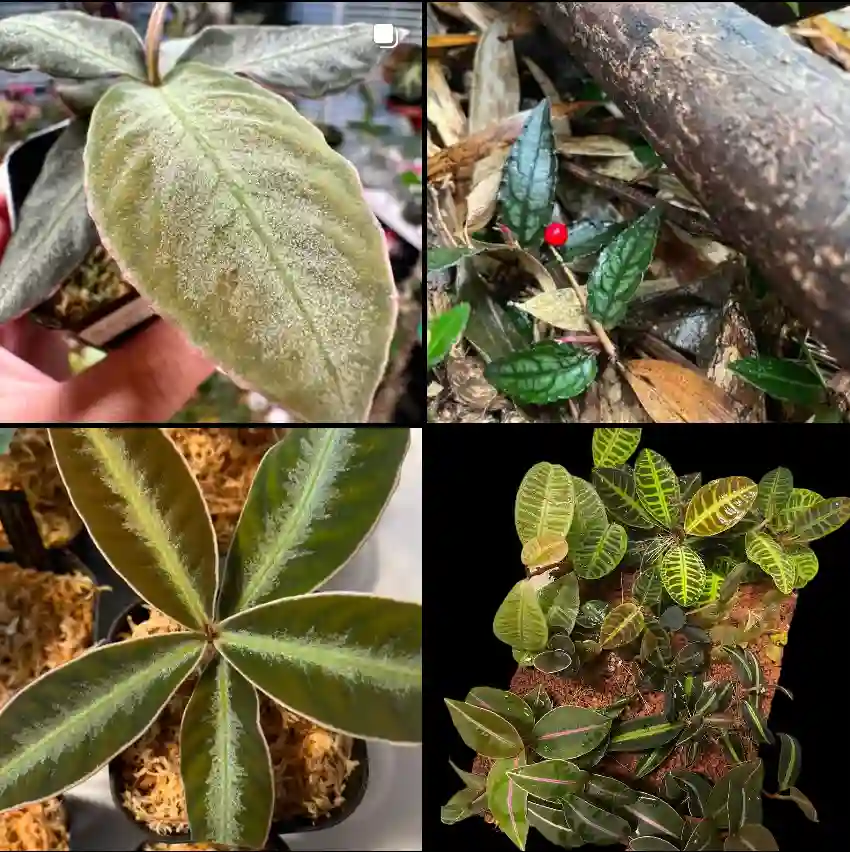Exploring the Salicaceae Family: A Deep Dive into Willows and Poplars
The Salicaceae family, commonly known as the willow family, has always fascinated me. It includes genera like Salix (willows) and Populus (poplars), which are well-known across the world. This family is renowned for its unique characteristics and diverse species. Today, I’ll be sharing my personal experiences and insights into this intriguing plant family.
Understanding the Salicaceae Family
The Salicaceae family consists of deciduous trees and shrubs that thrive in various climates, often near water bodies. These plants are easily recognizable by their long, slender leaves and catkin flowers. What captivates me most about the Salicaceae family is how adaptable and widespread these plants are, with members found in almost every continent.
One of the reasons I’m drawn to this family is its ecological importance. Willows and poplars play a crucial role in stabilizing riverbanks, preventing soil erosion, and providing habitat and food for a range of wildlife. Their quick growth and resilience make them perfect for rehabilitation projects and reforestation efforts.
The Genera of Salicaceae
The Salicaceae family encompasses a wide array of genera, each with its own unique characteristics and ecological roles:
- Salix (Willows): Perhaps the most iconic members of the family, willows are known for their slender branches, lance-shaped leaves, and often pendulous growth habit. They thrive in moist environments and play a vital role in riparian ecosystems. – 684 Species in Genus Salix
- Populus (Poplars): Poplars are fast-growing trees with distinctive triangular or heart-shaped leaves. They are often planted for their ornamental value and are also used in the production of timber and paper. – 83 Species in Genus Populus
- Idesia: Idesia polycarpa, commonly called the Idesia tree, is the sole member of this genus. It’s a deciduous tree native to East Asia, prized for its ornamental foliage and edible fruits.
- Abatia Ruiz & Pav.
- Azara Ruiz & Pav. – 11 Species in Genus Azara
- Banara Aubl.
- Bartholomaea Standl. & Steyerm.
- Bembicia Oliv.
- Bennettiodendron Merr.
- Bivinia Tul.
- Byrsanthus Guill.
- Calantica Jaub. ex Tul.
- Carrierea Franch.
- Casearia Jacq.
- Dianyuea C.Shang, S.Liao & Z.X.Zhang
- Dissomeria Hook.f. ex Benth.
- Dovyalis E.Mey. ex Arn.
- Flacourtia Comm. ex L’Hér.
- Hasseltia Kunth
- Hasseltiopsis Sleumer
- Hemiscolopia Slooten
- Homaliopsis S.Moore
- Homalium Jacq.
- Irenodendron M.H.Alford & Dement
- Itoa Hemsl. – 3 Species in Genus Itoa
- Ludia Comm. ex Juss.
- Lunania Hook.
- Macrohasseltia L.O.Williams
- Macrothumia M.H.Alford
- Mocquerysia Hua
- Neopringlea S.Watson
- Neosprucea Sleumer
- Olmediella Baill.
- Oncoba Forssk.
- Ophiobotrys Gilg
- Osmelia Thwaites
- Phyllobotryon Müll.Arg.
- Pineda Ruiz & Pav.
- Piparea Aubl.
- Pleuranthodendron L.O.Williams
- Poliothyrsis Oliv.
- Prockia P.Browne ex L.
- Pseudoscolopia Gilg
- Ryania Vahl
- Scolopia Schreb.
- Scyphostegia Stapf
- Tetrathylacium Poepp.
- Tisonia Baill.
- Trichostephanus Gilg
- Trimeria Harv.
- Xylosma G.Forst.
Ecological Significance of Salicaceae Plants
One of the most rewarding aspects of growing Salicaceae plants is their positive impact on the environment. Both willows and poplars are known for their role in phytoremediation—the process of using plants to clean contaminated soil and water. Their roots absorb heavy metals and other pollutants, making them perfect for rehabilitating industrial or degraded lands.
I’ve seen first-hand how willows planted along a degraded streambank not only stabilized the soil but also revitalized the local ecosystem, attracting birds, insects, and even small mammals. It’s experiences like these that highlight the importance of integrating such species into environmental management practices.
Challenges and Considerations
While the Salicaceae family offers numerous benefits, it’s essential to consider their potential drawbacks. As I mentioned earlier, poplar roots can be quite invasive, and willows are prone to certain pests and diseases, like willow leaf beetles and rust. I’ve had to deal with these issues in my own garden, and while they can be managed, it’s something to keep in mind before planting.
Another challenge I’ve faced is the high water demand of these plants. Willows and poplars thrive in moist conditions, and I’ve found that during dry spells, they can suffer if not adequately watered. This is something to consider, especially if you live in a region with limited rainfall.
My Personal Take on Salicaceae Plants
Growing and observing willows and poplars has been a rewarding experience for me. They are not just beautiful, but also functional and beneficial to the environment. Whether you’re looking to create a picturesque garden scene with a weeping willow or want to plant a fast-growing poplar for shade, the Salicaceae family offers a variety of options.
However, it’s essential to plant them in the right conditions and be aware of their potential issues. With proper care and planning, these plants can thrive and bring immense beauty and ecological benefits to any landscape.
Final Thoughts
The Salicaceae family, with its diverse range of willows and poplars, is a remarkable group of plants. They are not only aesthetically pleasing but also play a significant role in environmental conservation. Through my personal experiences, I’ve come to appreciate the unique characteristics and benefits these plants bring. If you’re considering adding them to your garden or landscape, I’d say go for it—just be mindful of their needs and potential challenges.
If i die, water my plants!



